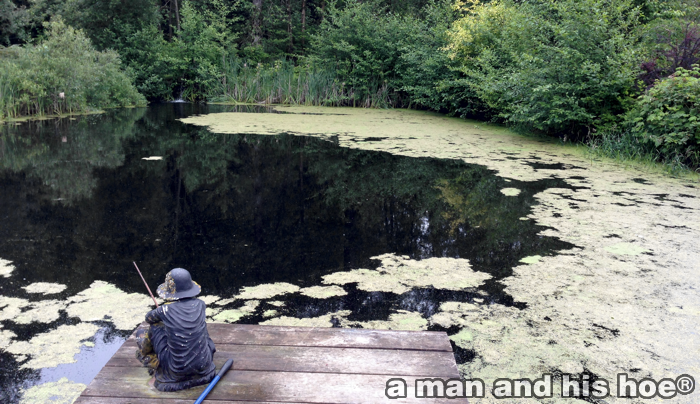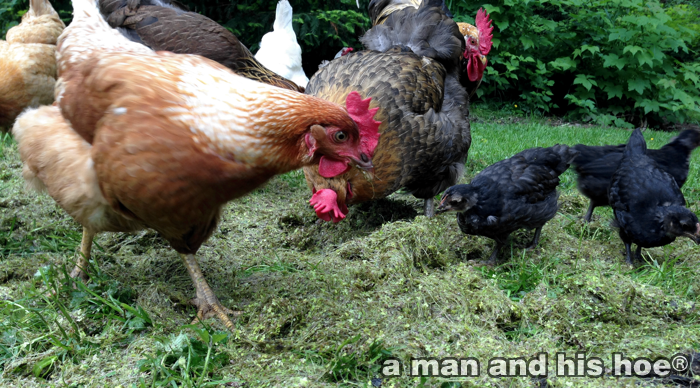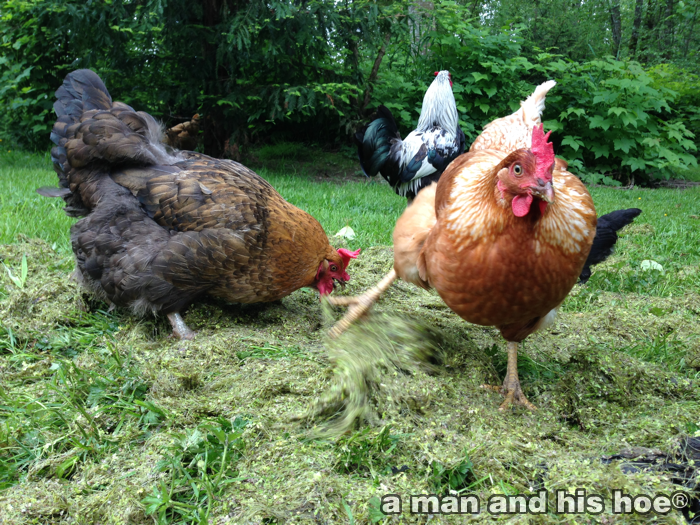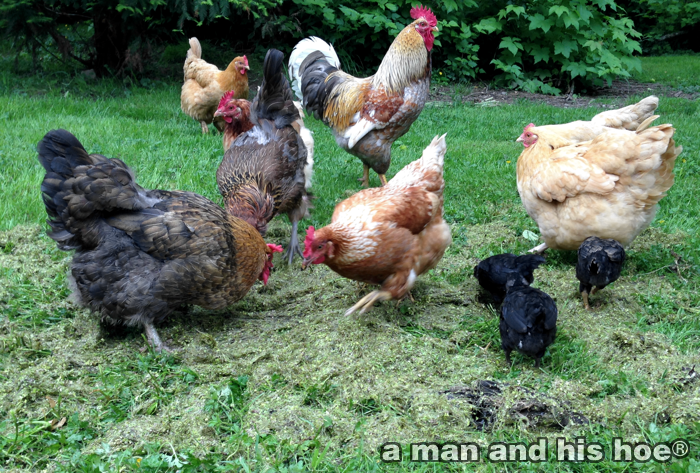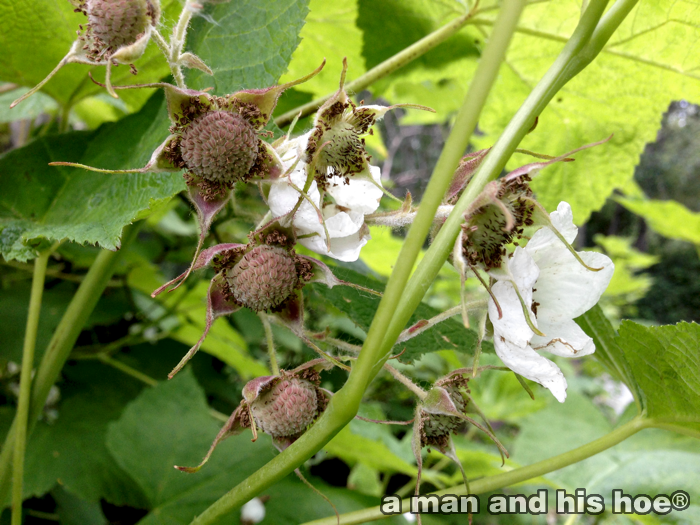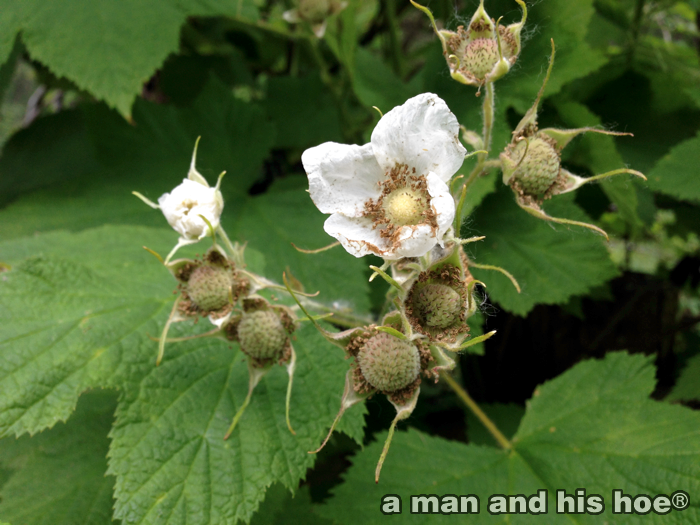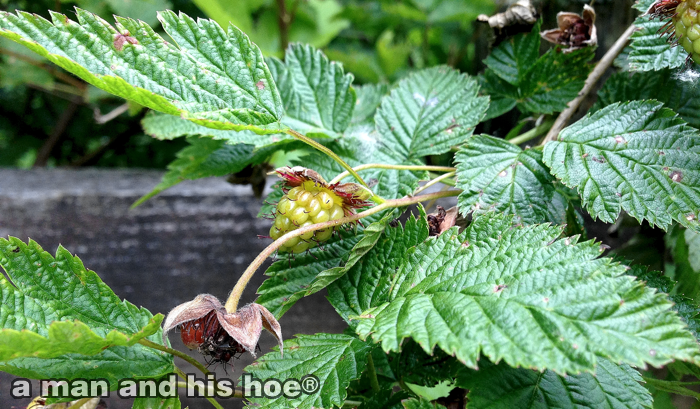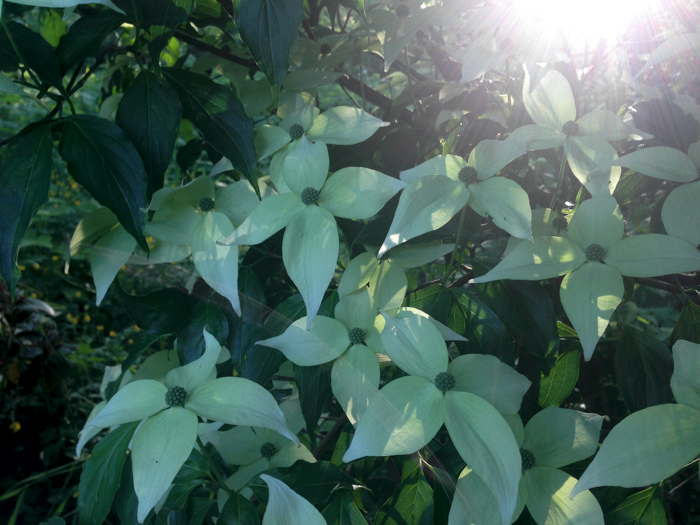This time of year there is an endless supply of fresh greens to eat. I’m not even sure what the first green is. I found it growing amid the garlic. Besides the mystery green, there are dill and onion scapes, kale and mustard blossoms, oregano and sage and lovage, and finally garlic scapes, the first of the season.
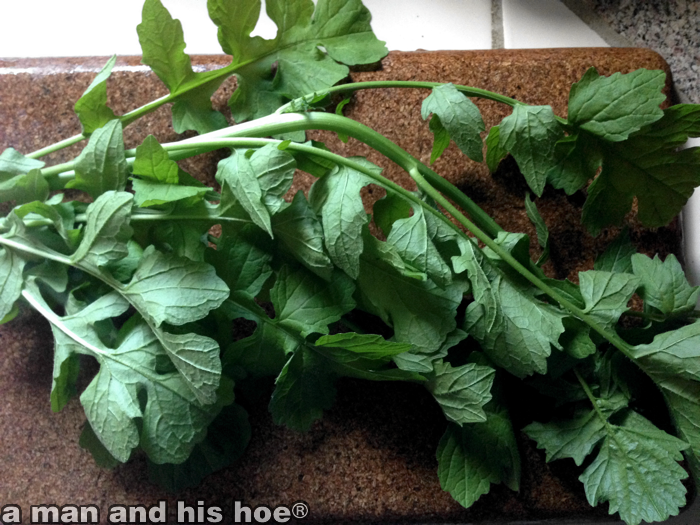
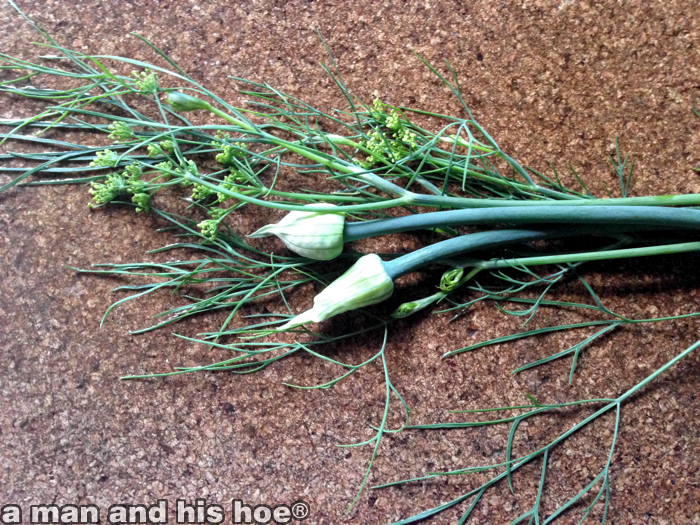
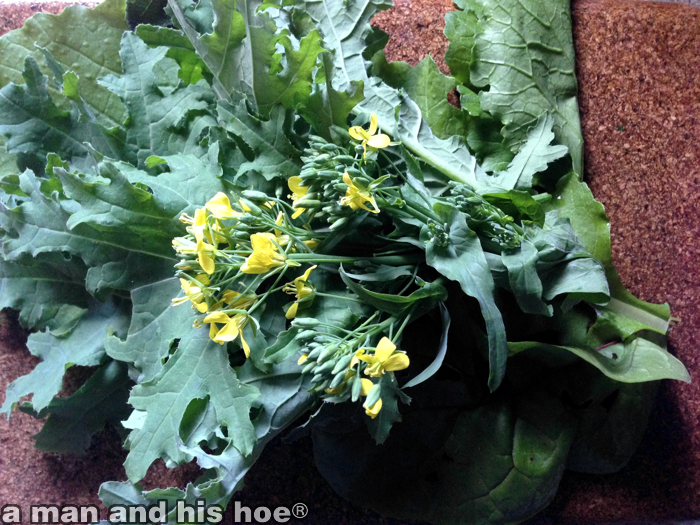
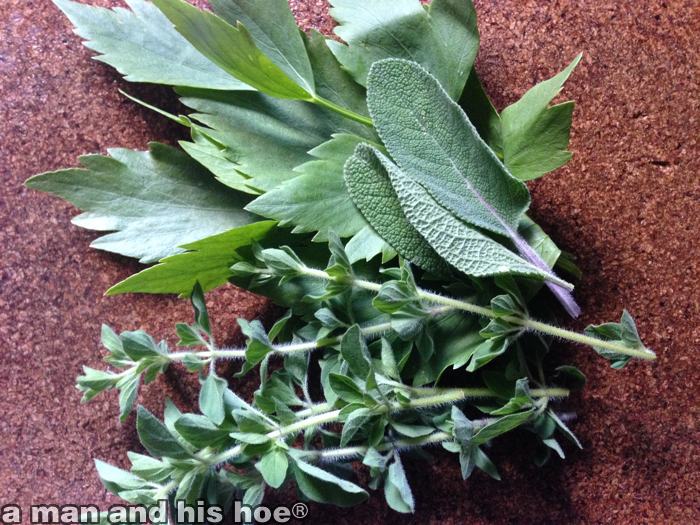
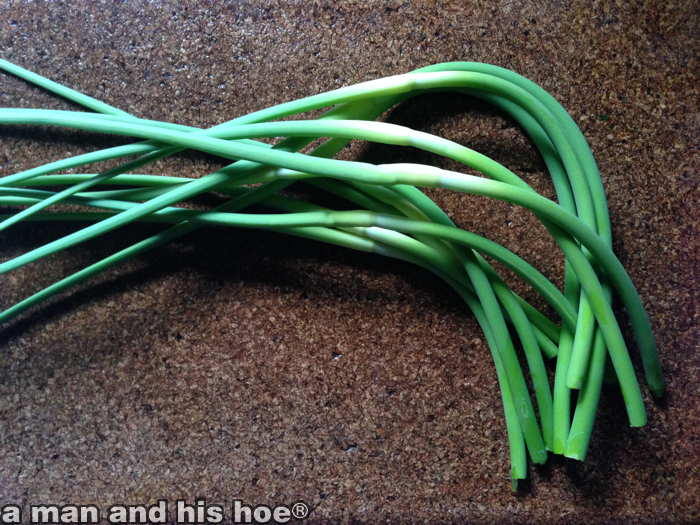
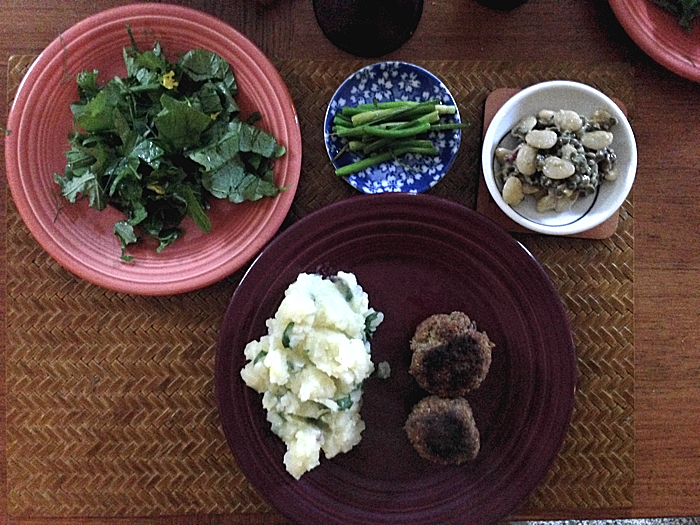
Recently I read, in disbelief mind you, that some consider cooking and eating such a nuisance, that they have developed a powder you mix with water to make a liquid meal so you don’t have to fuss with getting food and cooking. According to their website, solvent.me, creator Robert Rhinehart and team developed Soylent after recognizing the disproportionate amount of time and money they spent creating nutritionally complete meals. Their catchphrase is what if you never had to worry about food again? Hmm, now wouldn’t that be a boring life.
I’ve never considered the amount of time I spend growing, gathering and preparing food a chore. Going out into the vegetable beds to see what is good to eat is pure pleasure. Watching apple blossoms turn into buds turn into small green fruit turn into ripe red apples is living.
Gathering food, preparing meals, and eating are so much fun, I can’t imagine subsiding on quick, liquid meals. To each their own I guess.
